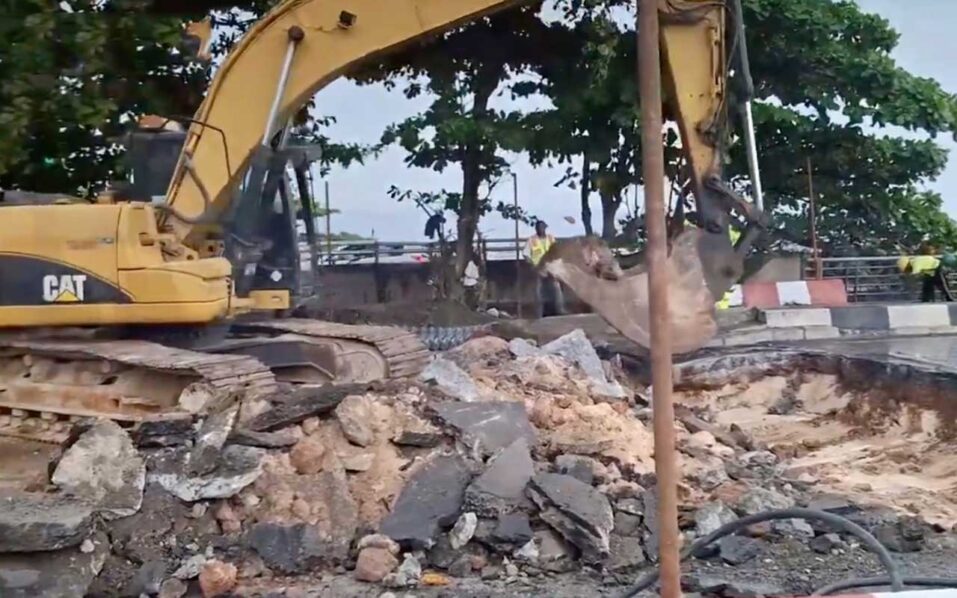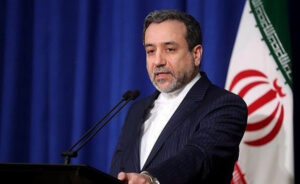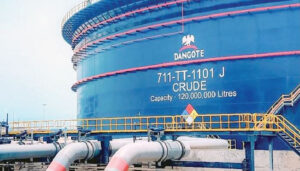
Lagos commuters faced a nightmarish return to work yesterday following the start of repairs on Independence Bridge, worsening the city’s already notorious traffic congestion.
The Federal Government had earlier announced the closure to facilitate maintenance on the bridge, which connects Victoria Island to Marina and then Eko Bridge.
According to the Federal Controller of Works in Lagos, Mrs. Olukorede Kesha, the repair work will impact traffic from Ahmadu Bello Way and Adeola Odeku towards Marina, Eko Bridge, and Onikan. She urged motorists to plan their journeys accordingly and use alternative routes to reduce congestion. Kesha also apologized for the inconvenience, thanking the public for their patience and cooperation.
The Lagos State government had previously issued a notice on March 15, warning residents about the impending closure and its likely impact. Commissioner for Transportation, Oluwaseun Osiyemi, advised motorists leaving the Island to follow designated alternative routes.
He detailed the affected sections, noting that the stretch from the National Open University of Nigeria (NOUN) through Bonny Camp Bridge to Independence Bridge would be off-limits to vehicles. The service lane at Bonny Camp Underpass Bridge (inbound Independence Bridge) would also be inaccessible, though the service lane from Ahmadu Bello Way to Ozumba Mbadiwe remains open.
While the initial closure on April 1 coincided with the Eid-el-Fitr holiday and had minimal impact, the traffic situation took a turn for the worse yesterday—the first full workday since repairs began. Lagos, Nigeria’s commercial hub, was practically paralyzed by gridlock.
Motorists heading to the Mainland endured hours-long standstills, with congestion stretching from Lekki through Victoria Island to Falomo Bridge. Victoria Island and Ikoyi were hit hardest, as major streets, including Falomo, Law School, Ahmadu Bello Way, and the former Old Bar Beach, saw endless queues of vehicles.
To make matters worse, early morning rain compounded the situation, turning an already frustrating commute into chaos. Some commuters were forced to abandon vehicles and trek long distances to reach their destinations.
Many reported spending up to six hours on routes that typically take two to three hours. Transport fares skyrocketed by over 100 percent due to the delays. For instance, the fare from Iyana Oworo to Obalende jumped from ₦600 to ₦1,000, while Obalende to Ajah surged from ₦1,000 to ₦2,000.
A commercial bus driver, Godwin Udo, lamented missing out on the fare hike because his route did not cover Ajah.
Frustrated motorists also voiced their displeasure. Murideen Adeolu, who left Victoria Island at 1:00 p.m., was still stuck in traffic by 3:00 p.m. “Is this how we will suffer for two months? The government needs to act fast before this gets worse,” he fumed.
Similarly, pedestrian Johnson Udo recounted his ordeal, saying he spent over two hours on a journey that normally takes 10 minutes. “I had an appointment at Walter Carrington Crescent at noon, but after spending two hours from CMS, I had to walk from Bonny Camp. When I finished, I trekked back to TBS at 3:30 p.m.,” he said.
In response, Commissioner Osiyemi appealed for patience, reiterating that the partial closure is part of a broader traffic management strategy under the Federal Ministry of Works’ road rehabilitation plan.






